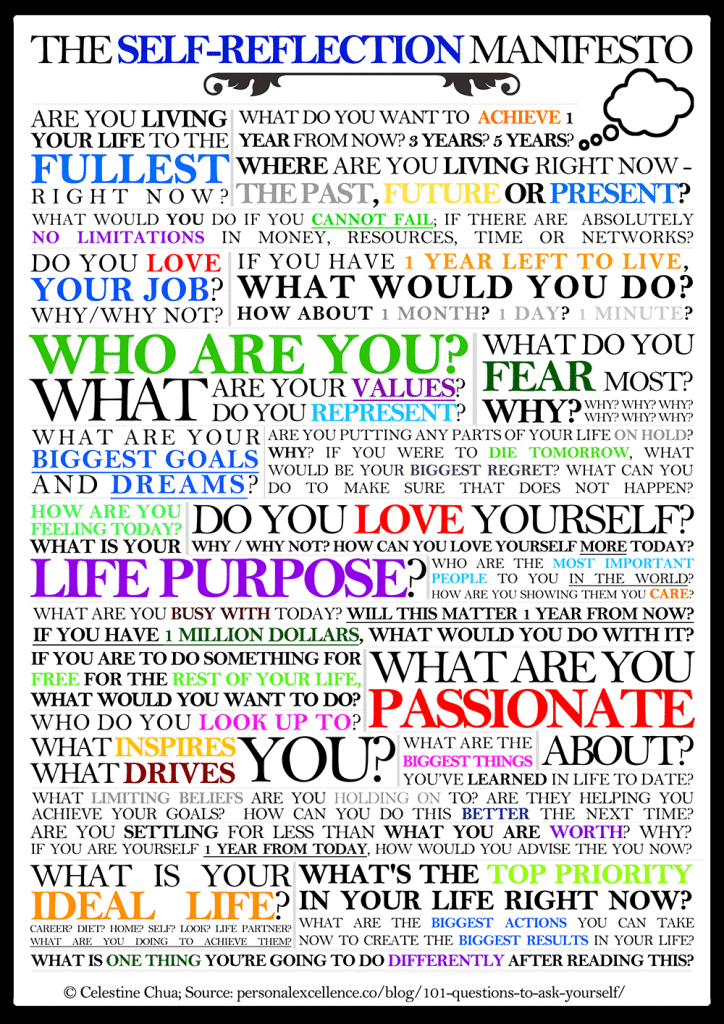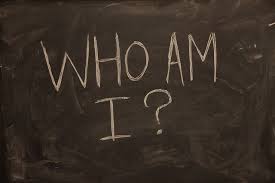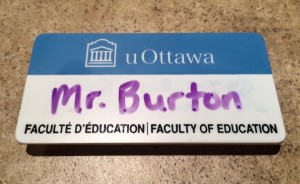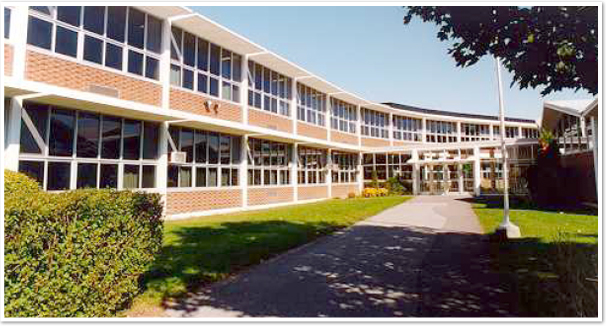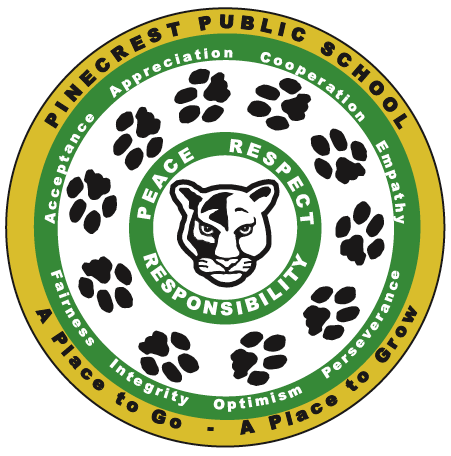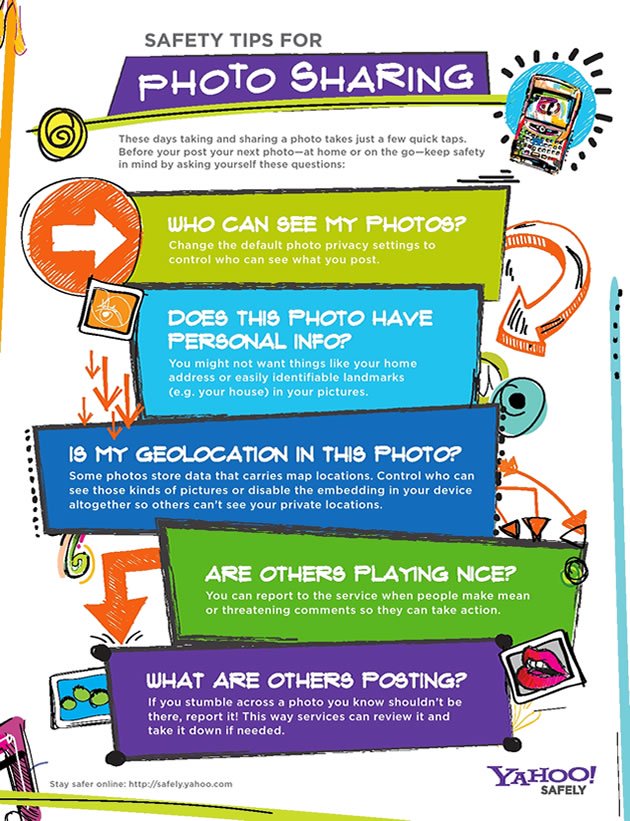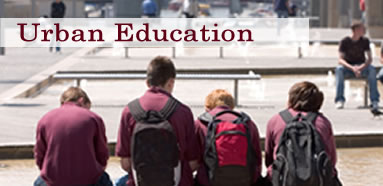How great would it be if students were able to assess their own work? Even better, how great would it be if students assessed their own work throughout the completion process, allowing them reflect on the quality of their work and set goals for improvement?
Thankfully, self-assessment is a thing!

As educators, we can do so much than simply teach students the curriculum; we can teach them how to be independent, self-reflecting individuals. These qualities will prove to be extremely beneficial in all areas of the student’s life, extending beyond their time in the classroom.
By including students in the evaluation process through self-assessment, they develop the habit of self-reflection. They learn to define the qualities of good work, how to differentiate pieces of work against these qualities, how to step back from their work to assess their own efforts and feelings of accomplishment, and how to set personal goals. Ultimately, self-assessment teaches the students to be active learners, being alert and constructive during the entire process of learning.
Additionally, self-assessment teaches the student that the idea of assessment doesn’t have to be scary, related to grades on projects, or administered by a teacher. Rather, it shows students that assessment can be a useful tool in the process of work-completion, allowing them to reflect on what they have done so far, what they still need to do, and how they will get there.
Both Cooper (2010) and Gregory & Chapman (2013) provide us with various methods of completing self-assessment. Two of the methods that I find to be most beneficial, as presented by Cooper, are the survey and the checklist. The survey provides teacher with an indication of where the student’s attitudes and skills fall on a continuum. This can be a great tool prior to the beginning of a new unit or project, as it allows the student to reflect on their own attitudes and behaviours while also priming the teacher with areas that might need more attention.

Checklists are a great tool in that they clearly define steps and tasks that must be completed, as outlined in the rubric. This is a great tool because it encourages the student to be self-reflective of their work, ensuring that every step and criteria has been met while also allowing them to be critical of the quality of their work.

Gregory & Chapman show us that self-assessment is not only possible for individual work; it can be conducted for group work as well. The students are able to reflect on their own contributions, they effectiveness of their collaboration skills, and outline areas of improvement that they will strive for during future group activities.
I’ve had many opportunities for self-assessment throughout my education, specifically in high school and university. As a teacher, I am going to strive to implement reflection into all areas of learning, despite what grade I teach. It is never too early to begin working on bettering yourself as a learner.

